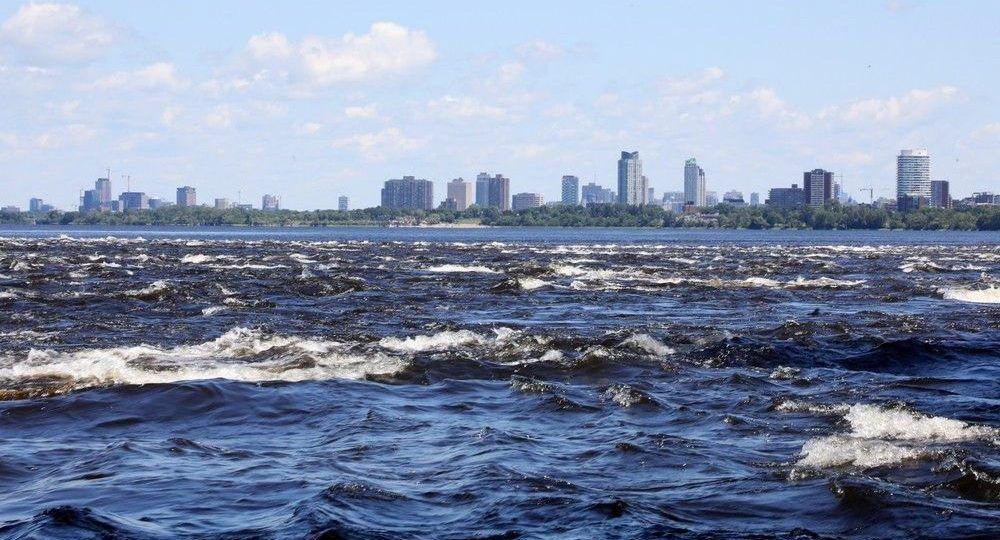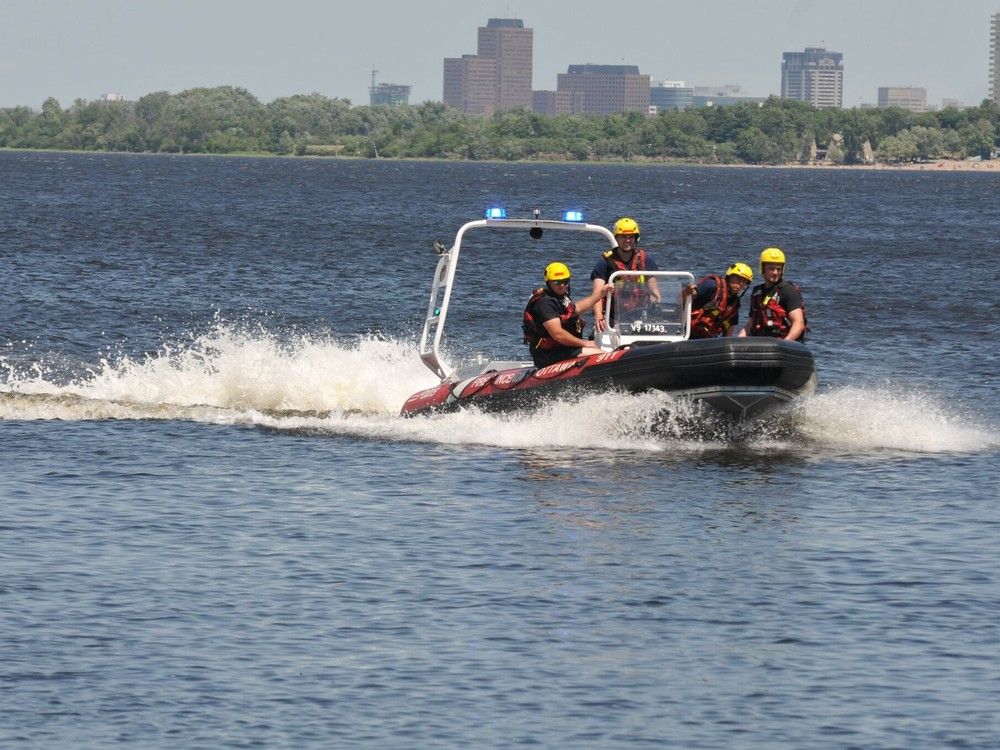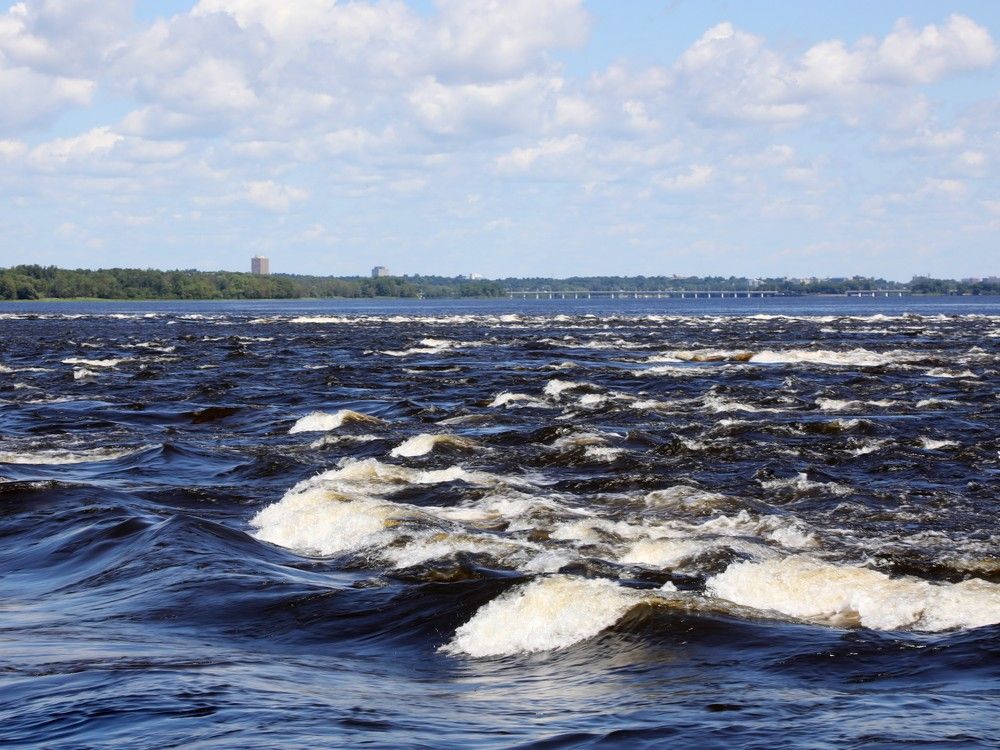Thinking about paddleboarding or swimming near
Britannia Beach
this summer?
Ottawa Fire Services (OFS) recommends being mindful of the
Deschênes Rapids
— a set of Ottawa River rapids just east of Britannia’s
swimming area
. They are responsible for most of firefighters’ water rescues in a given year.
In 2024 there was one fatality, and OFS made 15 rescues. There have been 13 rescues so far in 2025, a number that’s “very high” for mid-July, according to OFS’ public information officer Nicholas DeFazio.
But what does a water rescue look like and how can dangerous situations be prevented?
Here’s what you need to know about the Deschênes Rapids before heading out on the water.
Where and how do Deschênes Rapids accidents happen?
Most accidents happen because Britannia Beach swimmers and paddlers don’t know about the rapids to begin with, getting swept up in the inescapable currents.
“They’ll start paddling out and they don’t realize when they take the corner and start going east that the rapids are right there,” DeFazio said. “Once you start going to them, there’s no getting back.”
Sudden heavy winds from incoming storms that push people into the rapids is another factor, DeFazio added.

What kinds of water activities are most susceptible to the rapids?
Paddleboarders are the rapids’ most common victims, according to DeFazio.
OFS has also responded to incidents with swimmers, kayakers and people in small boats. Less experienced swimmers or those who don’t wear a life jacket are also at a higher risk of getting swept up.
How does OFS respond to a Deschênes Rapids water rescue?
OFS’ station at 1397 Richmond Rd. is a five-minute drive to Britannia Beach. They always respond to Deschênes Rapids incidents, DeFazio said, along with one other available station as a precaution.
The Richmond Road station has a “very strong” jetboat that can cut through the rapids for various, “highly trained” rescue techniques.
OFS’ water rescuers constantly survey the area, especially by the rapids, noting high or low water levels and which strategies to deploy for water rescues.

The Rapids are in the middle of Ottawa and Gatineau. How does coordination between provincial services work?
It’s hard to tell whether a 9-1-1 rescue call is on the Ontario or Quebec side, DeFazio said.
To maintain “constant contact,” DeFazio explained, Ottawa and Gatineau services patch a radio channel to communicate with each other during a rescue.
“Everyone’s trying to help whoever’s in trouble,” he said. “If they’re in trouble on the Ottawa side and they float over to the other side, it’s not like we’d turn around and go back.
“We have a whole system set up.”
I’m witnessing a Deschênes Rapids incident. What should I do?
The best thing witnesses can do is to call 9-1-1.
OFS response times are “very fast,” responding to the scene with proper training and equipment within minutes, DeFazio said.
“Never go and try to make the rescue yourself,” DeFazio advised. “Keep your eye on the individual or individuals in trouble until we get on the scene.”
For people swimming near the rapids, DeFazio added that preventing an accident before it happens is the best course of action.
So, what can I do to prevent a Deschênes Rapids incident?
As a first step, DeFazio suggests putting weather notifications on your phone to avoid hitting the water on stormy days.
He also suggests knowing the area before heading out, informing others of where you’re swimming, and only visiting beaches with lifeguards on duty.
And, of course, wearing a life jacket.
“The Ottawa River, you know, you have to respect it,” DeFazio said, adding that the river has a “very strong” undercurrent.
“Us responding means it’s too late.”
Our website is your destination for up-to-the-minute news, so make sure to bookmark our homepage and sign up for our newsletters so we can keep you informed.
Related
- Multiple rescues at Deschênes Rapids during heatwave
- ‘Preventable’: Safety experts stress education about dangers of open water



